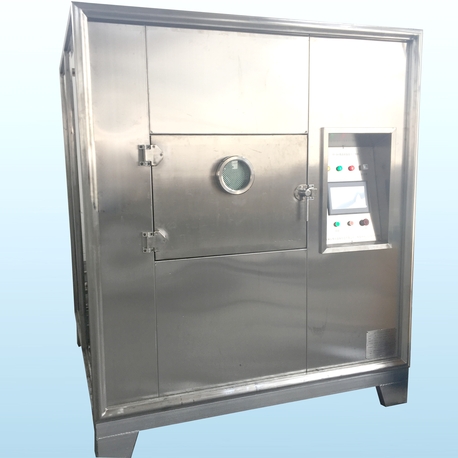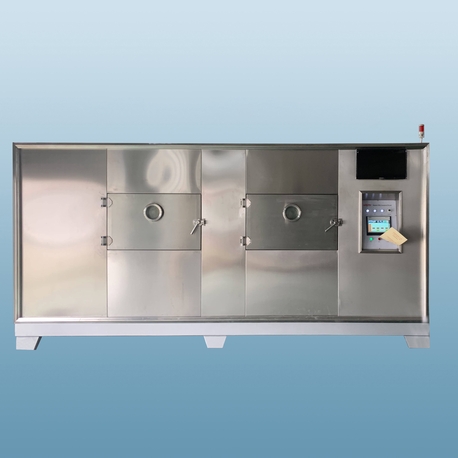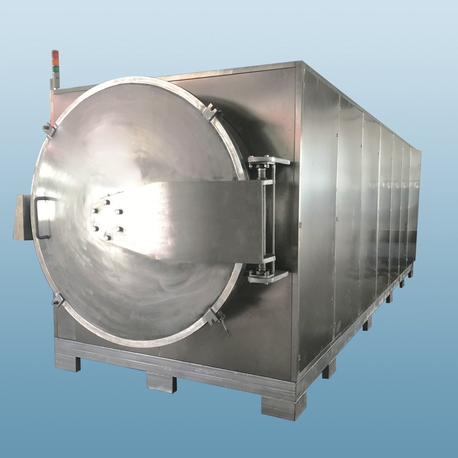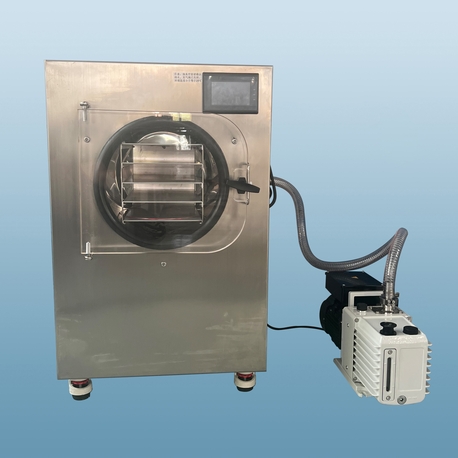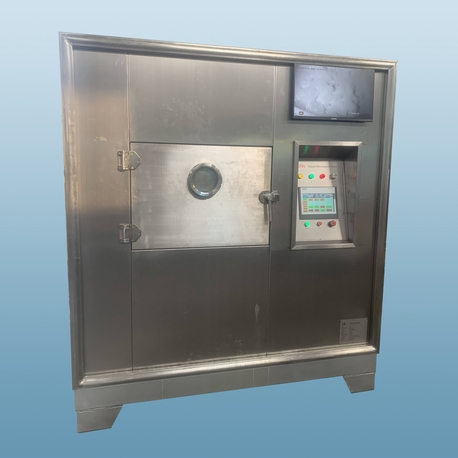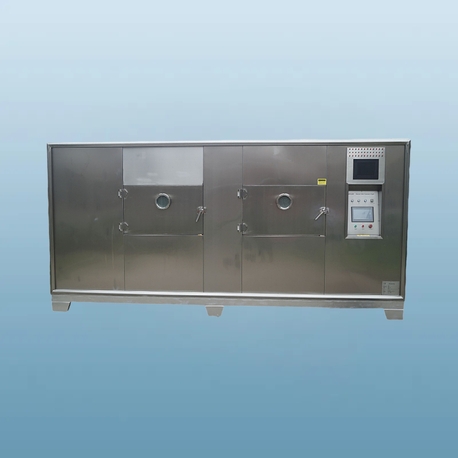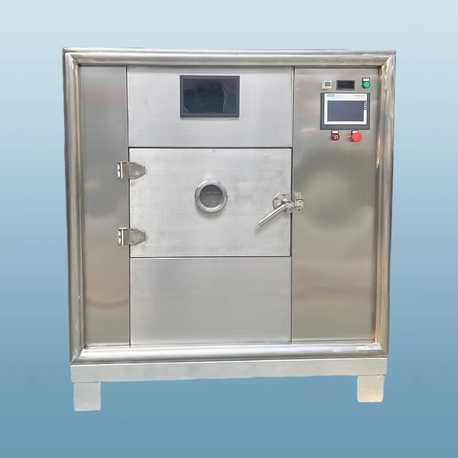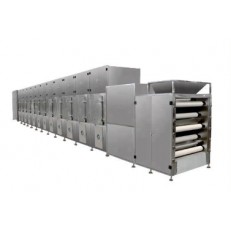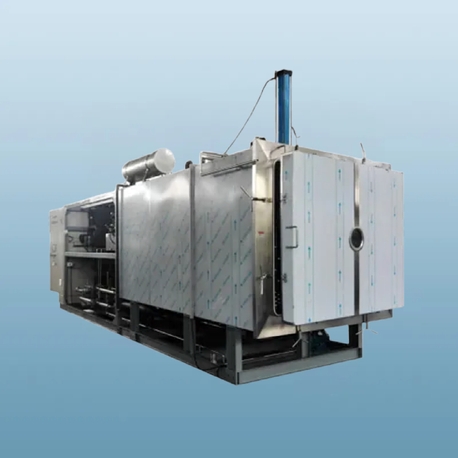In the fast-paced world of industrial and commercial operations, efficiency and reliability are paramount. One piece of equipment that plays a crucial role in various sectors is the industrial dryer. From food processing to pharmaceuticals, textiles to chemicals, industrial dryers are essential for removing moisture from materials, ensuring product quality, and streamlining production processes. With advancements in technology, selecting the right dryer can significantly impact your bottom line. This article delves into seven critical aspects of industrial dryers, providing a comprehensive overview to help you make an informed decision. Whether you're upgrading existing machinery or investing in a new system, understanding these factors will ensure you choose a dryer that meets your specific needs while optimizing performance and cost-effectiveness.
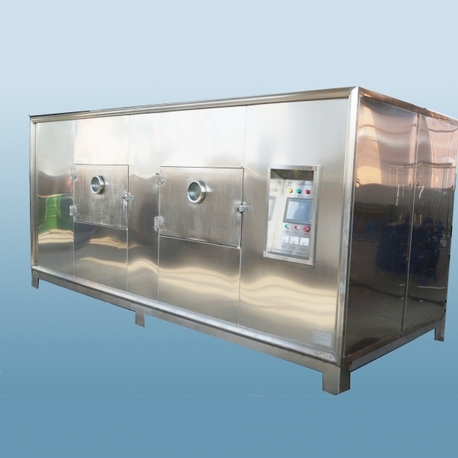
Types of Industrial Dryers
Industrial dryers come in various types, each designed for specific applications and materials. Understanding the different categories is the first step in selecting the right equipment. Common types include rotary dryers, fluidized bed dryers, spray dryers, and conveyor dryers. Rotary dryers, for instance, are ideal for bulk materials like minerals and aggregates, using a rotating drum to evenly distribute heat. Fluidized bed dryers excel in handling fine powders by suspending particles in a stream of hot air, ensuring uniform drying. Spray dryers are popular in the food and pharmaceutical industries for transforming liquids into powders quickly. Meanwhile, conveyor dryers are suited for continuous processing of sheets or fabrics. Each type of dryer offers unique benefits, so it's essential to match the dryer to your material's characteristics, such as moisture content, particle size, and heat sensitivity. By evaluating the specific requirements of your operation, you can choose a dryer that maximizes efficiency and minimizes waste.
Key Components and How They Work
To fully appreciate the capabilities of an industrial dryer, it's important to understand its core components and their functions. A typical dryer consists of a heating system, air handling unit, material handling mechanism, and control panel. The heating system, often powered by gas, electricity, or steam, generates the necessary heat to evaporate moisture. The air handling unit, including fans and ducts, circulates hot air throughout the drying chamber, ensuring consistent temperature distribution. Material handling mechanisms, such as belts or drums, transport the product through the dryer, while the control panel monitors parameters like temperature, humidity, and drying time. Modern dryers often incorporate advanced sensors and automation for precise control. For example, in a high-efficiency dryer, these components work in harmony to reduce energy consumption and improve throughput. Regular maintenance of these parts is crucial to prevent downtime and extend the lifespan of your dryer. By familiarizing yourself with these components, you can better troubleshoot issues and optimize your dryer's performance.
Energy Efficiency in Modern Dryers
Energy efficiency is a top priority in today's industrial landscape, driven by environmental concerns and cost savings. Modern industrial dryers are designed with energy-saving features that can significantly reduce operational expenses. Technologies such as heat recovery systems, variable frequency drives (VFDs), and advanced insulation help minimize heat loss and optimize energy use. For instance, a heat recovery dryer can capture waste heat from exhaust air and reuse it to preheat incoming air, cutting energy consumption by up to 30%. Additionally, dryers with VFDs adjust motor speeds based on load demands, further enhancing efficiency. When selecting a dryer, look for certifications like ENERGY STAR or equivalent standards in your region. Investing in an energy-efficient dryer not only lowers utility bills but also reduces your carbon footprint, aligning with sustainability goals. By prioritizing energy efficiency, you can achieve long-term savings and contribute to a greener future.
Maintenance Tips for Longevity
Proper maintenance is essential for ensuring the longevity and reliability of an industrial dryer. Neglecting routine checks can lead to costly repairs and unplanned downtime. Key maintenance practices include regular cleaning of filters and ducts to prevent clogging, inspecting heating elements for wear, and lubricating moving parts to reduce friction. It's also important to monitor the control system for any errors or calibration issues. Scheduling preventive maintenance, such as annual inspections by qualified technicians, can identify potential problems early. For example, in a commercial dryer used in harsh environments, more frequent checks might be necessary to combat corrosion or dust buildup. Keeping a maintenance log helps track performance and plan replacements. By adhering to a structured maintenance regimen, you can extend the life of your dryer, maintain optimal efficiency, and avoid disruptive breakdowns.
Applications Across Industries
Industrial dryers are versatile machines used across a wide range of sectors, each with unique demands. In the food industry, dryers are employed to preserve products like grains, fruits, and spices, enhancing shelf life and safety. The pharmaceutical sector relies on dryers for drying active ingredients and tablets, ensuring compliance with strict hygiene standards. In textiles, dryers remove moisture from fabrics after dyeing or washing, maintaining quality and color fastness. The chemical industry uses dryers for processing polymers and catalysts, where precise moisture control is critical. Even in waste management, dryers help reduce the volume of sludge for easier disposal. Understanding these applications highlights the importance of selecting a dryer tailored to your industry's specific needs. For instance, a dryer used in food processing must meet food-grade standards, while one in chemicals might require explosion-proof features. By considering your sector's requirements, you can choose a dryer that enhances productivity and product quality.
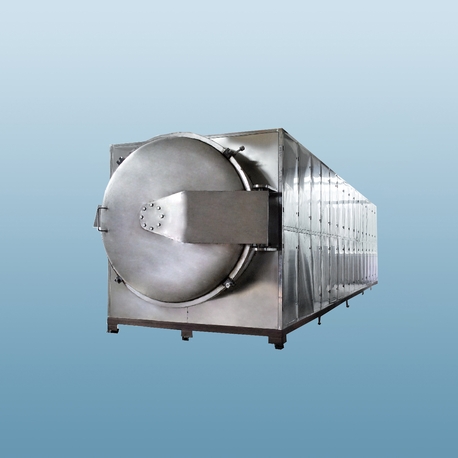
Choosing the Right Dryer for Your Business
Selecting the right industrial dryer involves evaluating several factors to ensure it aligns with your operational goals. Start by assessing your material's properties, such as initial moisture content, sensitivity to heat, and desired final moisture level. Next, consider production capacity—whether you need a batch dryer for smaller loads or a continuous dryer for high-volume output. Budget is another key consideration; while advanced dryers may have higher upfront costs, they often offer better long-term value through energy savings and durability. Additionally, factor in space constraints and installation requirements. Consulting with manufacturers or experts can provide insights into the latest innovations, such as smart dryers with IoT capabilities for remote monitoring. By taking a holistic approach, you can invest in a dryer that not only meets current needs but also scales with your business growth.
Safety and Compliance Standards
Safety is paramount when operating industrial dryers, as they involve high temperatures and potentially hazardous materials. Adhering to compliance standards, such as those set by OSHA in the U.S. or the CE mark in Europe, is essential to prevent accidents and ensure workplace safety. Key safety features in modern dryers include automatic shut-off mechanisms, temperature controls, and fire suppression systems. For example, in environments with flammable dust, a dryer must be designed to minimize explosion risks. Regular training for operators on proper usage and emergency procedures is also crucial. By prioritizing safety and compliance, you can protect your workforce, avoid legal liabilities, and maintain uninterrupted operations. Always verify that your chosen dryer meets relevant industry regulations before purchase.
In conclusion, industrial dryers are indispensable assets in many commercial sectors, offering efficiency, reliability, and versatility. By understanding the types, components, energy efficiency, maintenance, applications, selection criteria, and safety aspects, you can make a well-informed decision that benefits your business. Remember, investing in the right dryer not only improves productivity but also contributes to sustainability and cost savings. As technology evolves, staying updated on dryer innovations will help you maintain a competitive edge.
Frequently Asked Questions (FAQ)
Q1: What is the average lifespan of an industrial dryer?
A1: The average lifespan of an industrial dryer typically ranges from 10 to 20 years, depending on factors such as usage intensity, maintenance practices, and the quality of the equipment. Regular servicing and proper operation can extend its life, while harsh environments might shorten it.
Q2: How can I improve the energy efficiency of my existing dryer?
A2: To improve energy efficiency, consider upgrading to heat recovery systems, installing variable frequency drives (VFDs), ensuring proper insulation, and conducting regular maintenance to clean filters and check for leaks. Additionally, optimizing drying cycles based on load requirements can reduce energy consumption.
Q3: What safety features should I look for in an industrial dryer?
A3: Key safety features include automatic temperature controls, emergency stop buttons, fire suppression systems, explosion-proof designs for hazardous environments, and compliance with industry standards like ISO or OSHA. Always verify that the dryer has undergone rigorous testing for safety.
Q4: Can an industrial dryer handle different types of materials?
A4: Yes, many industrial dryers are versatile and can handle various materials, but it's essential to choose a dryer designed for your specific products. For example, a spray dryer is suitable for liquids, while a rotary dryer works well for solids. Consult with manufacturers to ensure compatibility.
Q5: How often should maintenance be performed on an industrial dryer?
A5: Maintenance frequency depends on usage, but generally, it's recommended to perform basic checks monthly (e.g., cleaning filters) and comprehensive inspections annually. In high-use settings, more frequent maintenance—such as quarterly checks—may be necessary to prevent downtime and ensure optimal performance.


